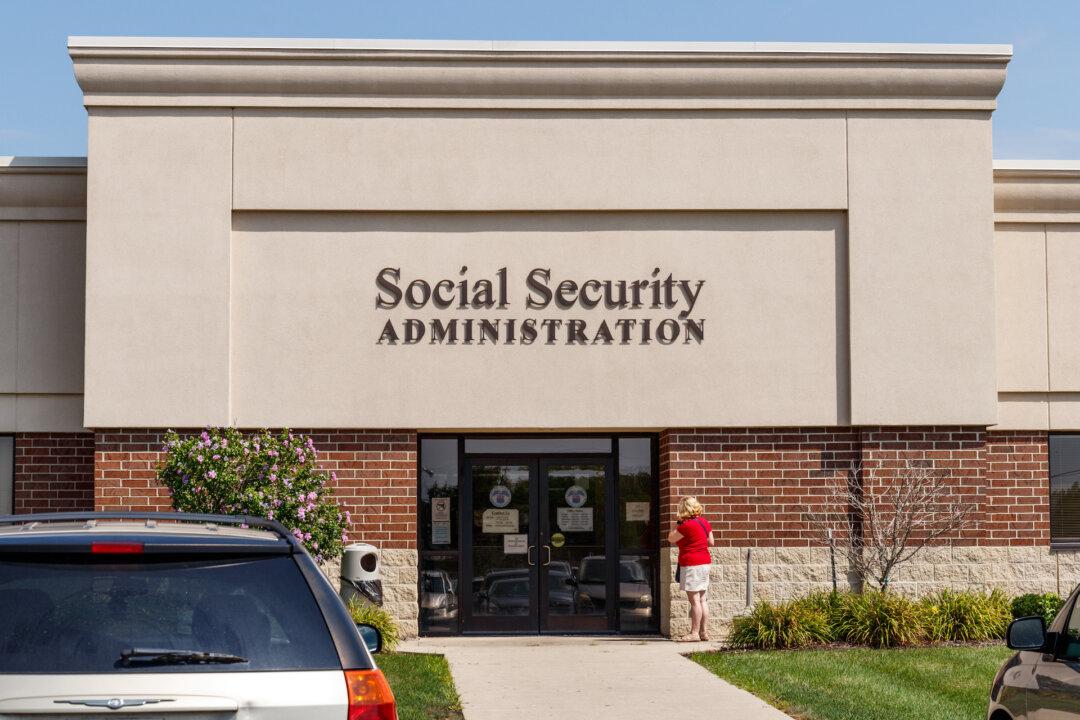In mid-October every year, the Bureau of Labor Statistics releases its much-anticipated report on changes (usually increases) to the Consumer Price Index over the past 12 months. Why is this little esoteric government report—actually called the Consumer Price Index for Urban Wage Earners and Clerical Workers—so popular? Because for the past 50 years, it’s the report that determines the cost-of-living adjustment (COLA) that Social Security beneficiaries will get the following year.
Because my column has a long lead time, what I am reporting here isn’t news to most of my readers. As I’m sure you already heard, all 68 million Social Security beneficiaries’ checks are going up 2.5 percent in 2025.






